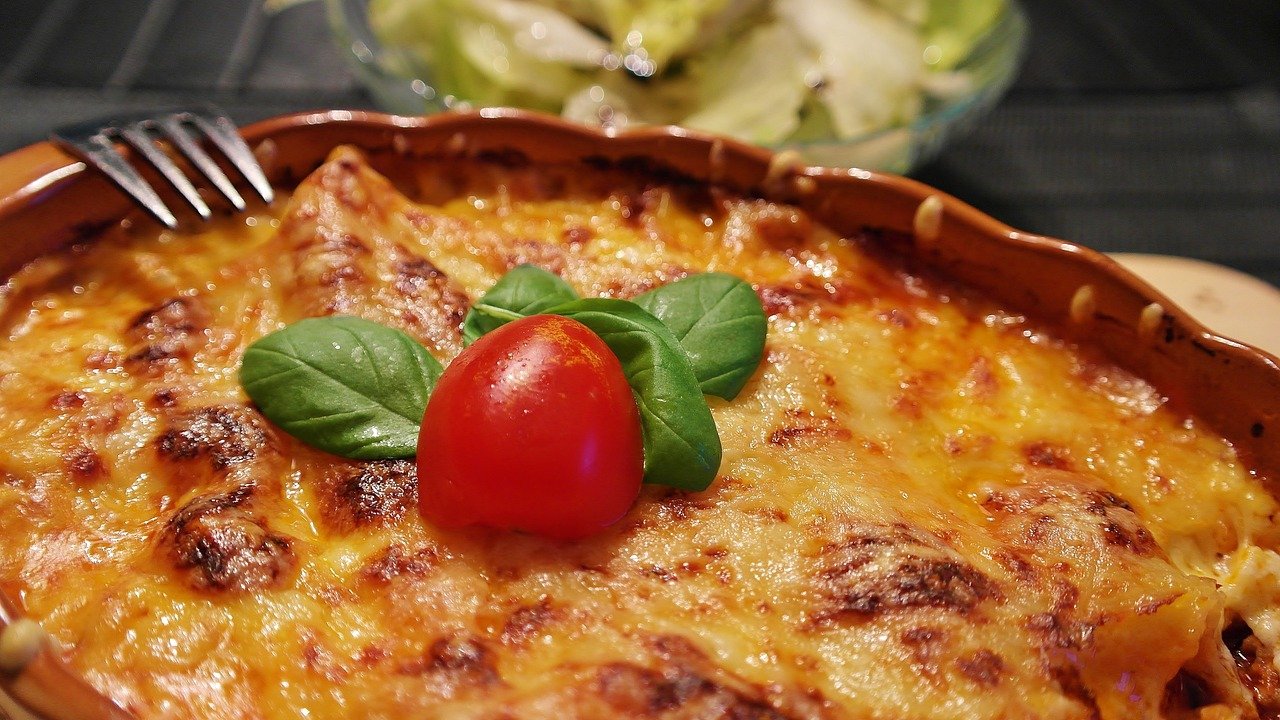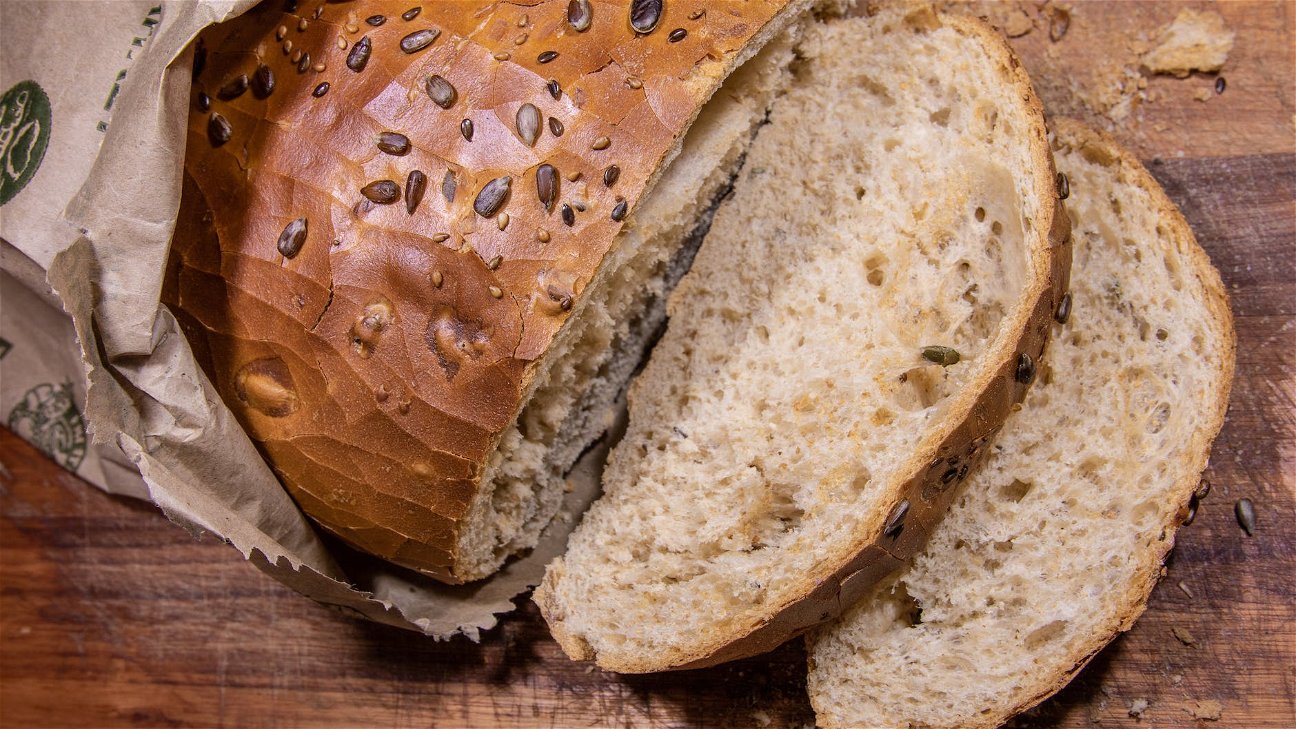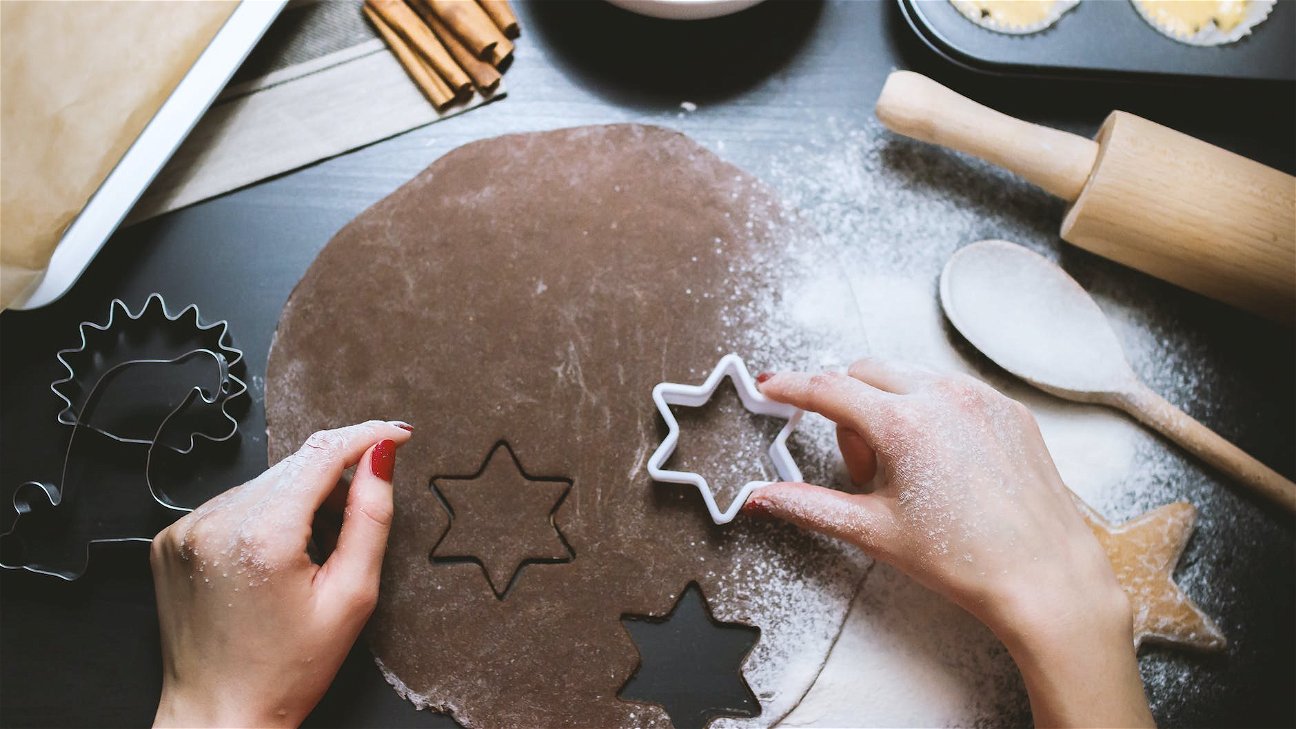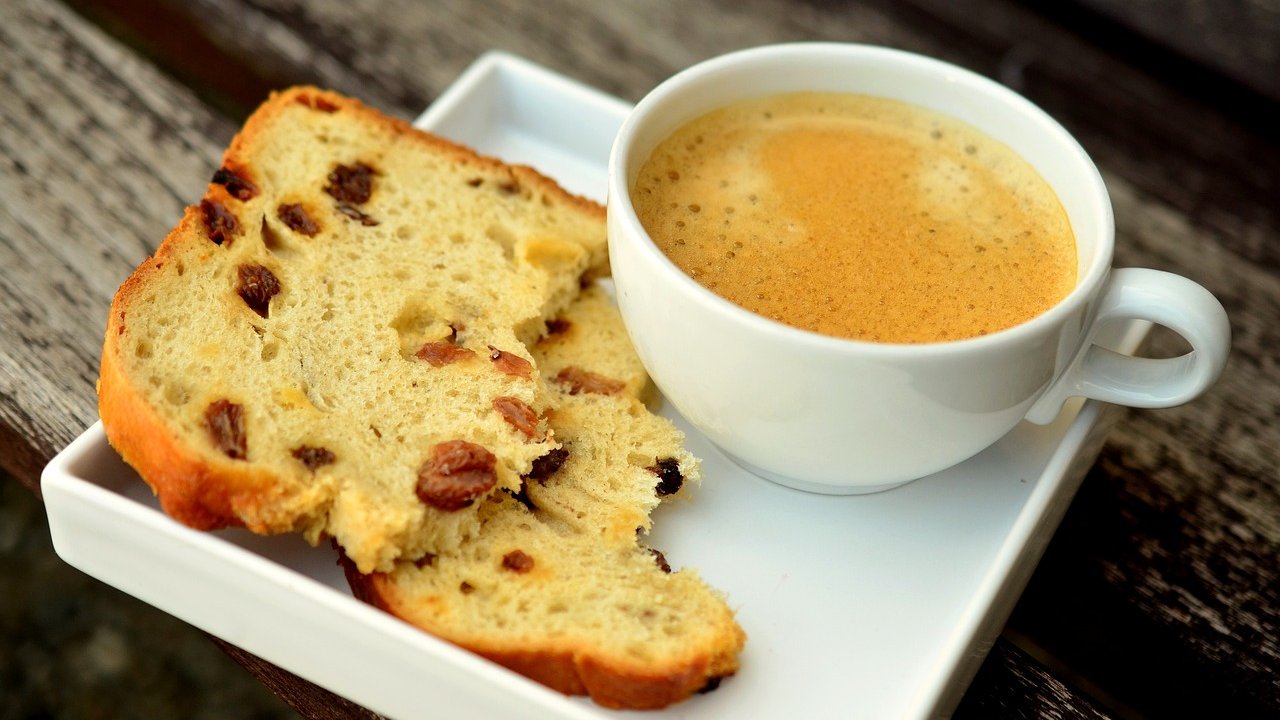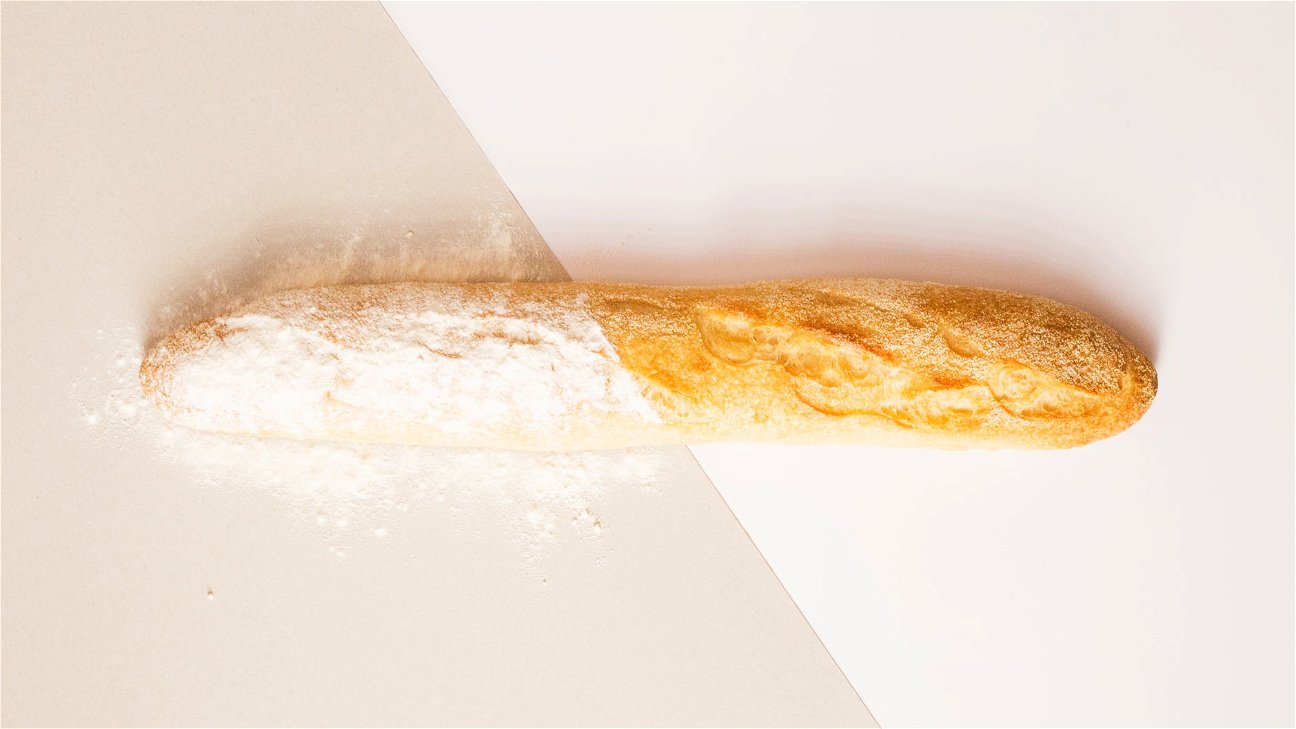
Baking is a science and an art that requires precision and creativity. When it comes to baking cakes, it can be a rewarding endeavor even for beginners. All you need are some basic techniques, a little patience, and a love for sweet treats.
Understanding the basics of baking cakes
Cake baking is more than just mixing ingredients and popping them into the oven. It involves understanding how each ingredient interacts with the others, how to mix them properly, and how to bake them at the correct temperature for the right amount of time. Here are some key points to help you understand the basics:
-
Ingredients: The basic ingredients for making cakes include flour, sugar, eggs, butter, and baking powder. Additional ingredients like milk, chocolate, fruits, and spices are added depending on the type of cake you're making.
-
Preparation: Before you begin, gather all your ingredients and equipment. Make sure you read and understand the recipe. Preheat your oven to the right temperature, and prepare your baking pans by greasing or lining them with parchment paper.
-
Mixing: This is a critical step in baking cakes. The method you use to combine your ingredients will affect the texture and appearance of your cake. The most common methods are the creaming method, the reverse creaming method, and the egg foaming method.
Now that you understand the basics of baking cakes, it's time to start baking! Here are some simple techniques that beginners can use to bake cakes.
Techniques for baking cakes
-
Beating and Creaming: This is one of the most frequently used methods in cake baking. It involves beating the butter and sugar together until it’s fluffy and light. This technique incorporates air into the mixture and helps the cake rise.
-
Folding: This technique is used when you want to combine lighter ingredients, like beaten egg whites, with a heavier mixture. The goal is to keep as much air in the mixture as possible, which gives the cake its light texture.
-
Melting: Some cakes, like chocolate cakes, require the butter to be melted rather than creamed. This results in a denser texture.
-
Sifting: Flour and other dry ingredients are often sifted to remove any lumps and to combine them evenly. This helps to lighten the texture of the finished cake.
-
Baking: It's crucial to bake your cake at the right temperature. If it's too hot, your cake will brown too quickly and might not cook in the middle. If it's too cold, your cake won't rise properly.
Remember, baking is all about practice. The more you bake, the better you'll get at understanding how ingredients work together and how to manipulate them to get the results you want.
